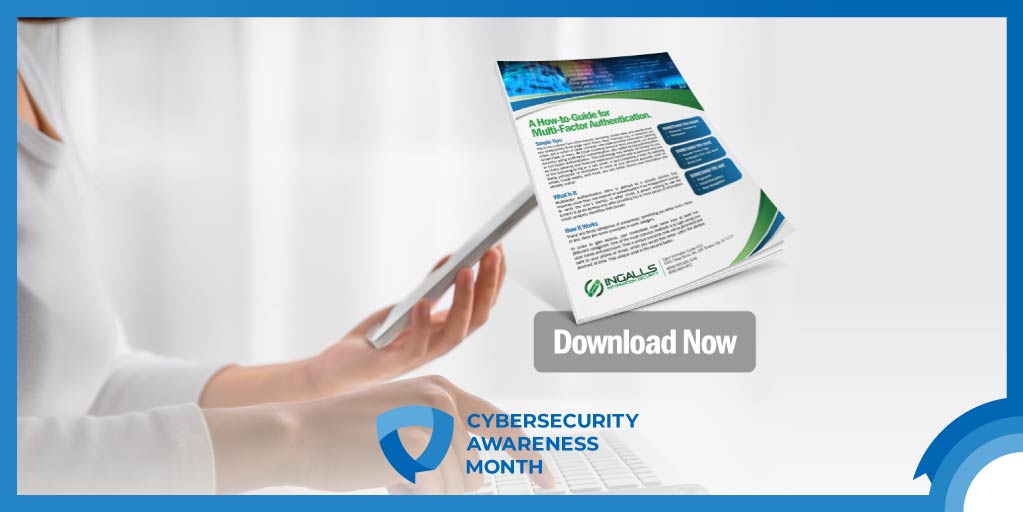Cybersecurity While Traveling
In a world where we are constantly connected, cybersecurity cannot be limited to the home or office. When you’re traveling— whether domestic or...
24/7/365 Monitoring & Alerting
Compromise Assessments
Threat Hunting
Vulnerability Management
CMMC Preparation & Assessment
Cybersecurity Assurance Readiness (CSAR®/RMF Pro)
ATO/RMF Support
If you are concerned about a potential threat or are experiencing a breach, contact our 24/7/365 emergency hotline at 888-860-0452.
 Subscribe to NetSec News
Subscribe to NetSec NewsSign up to receive our biweekly newsletter that covers what's happening in cybersecurity including news, trends, and thought leadership.
At our core, Ingalls is a company that strives to be helpful to our clients while continuously innovating and evolving our technology and solutions. Since 2010, we have been dedicated to building a team and product that can stay steps ahead of threats, attacks, and vulnerabilities in an ever-changing landscape.
2 min read
 Sarena ODonnell
:
Oct 14, 2020 12:00:00 AM
Sarena ODonnell
:
Oct 14, 2020 12:00:00 AM
Phishing attacks use email or malicious websites to infect your machine with malware and viruses in order to collect personal and financial information. Cybercriminals attempt to lure users to click on a link or open an attachment that infects their computers, creating vulnerability to attacks. Phishing emails may appear to come from a real financial institution, ecommerce site, government agency, or any other service, business, or individual. The email may also request personal information such as account numbers, passwords, or Social Security numbers. When users respond with the information or click on a link, attackers use it to access users’ accounts.
The following messages from the Federal Trade Commission’s OnGuardOnline are examples of what attackers may email or text when phishing for sensitive information:

In a world where we are constantly connected, cybersecurity cannot be limited to the home or office. When you’re traveling— whether domestic or...

Have you noticed how often security breaches, stolen data, and identity theft are consistently front-page news these days? Perhaps you, or someone...

This article is part of our weekly series on how to manage cybersecurity risk for businesses. If you'd like to download the complete 8-point guide,...